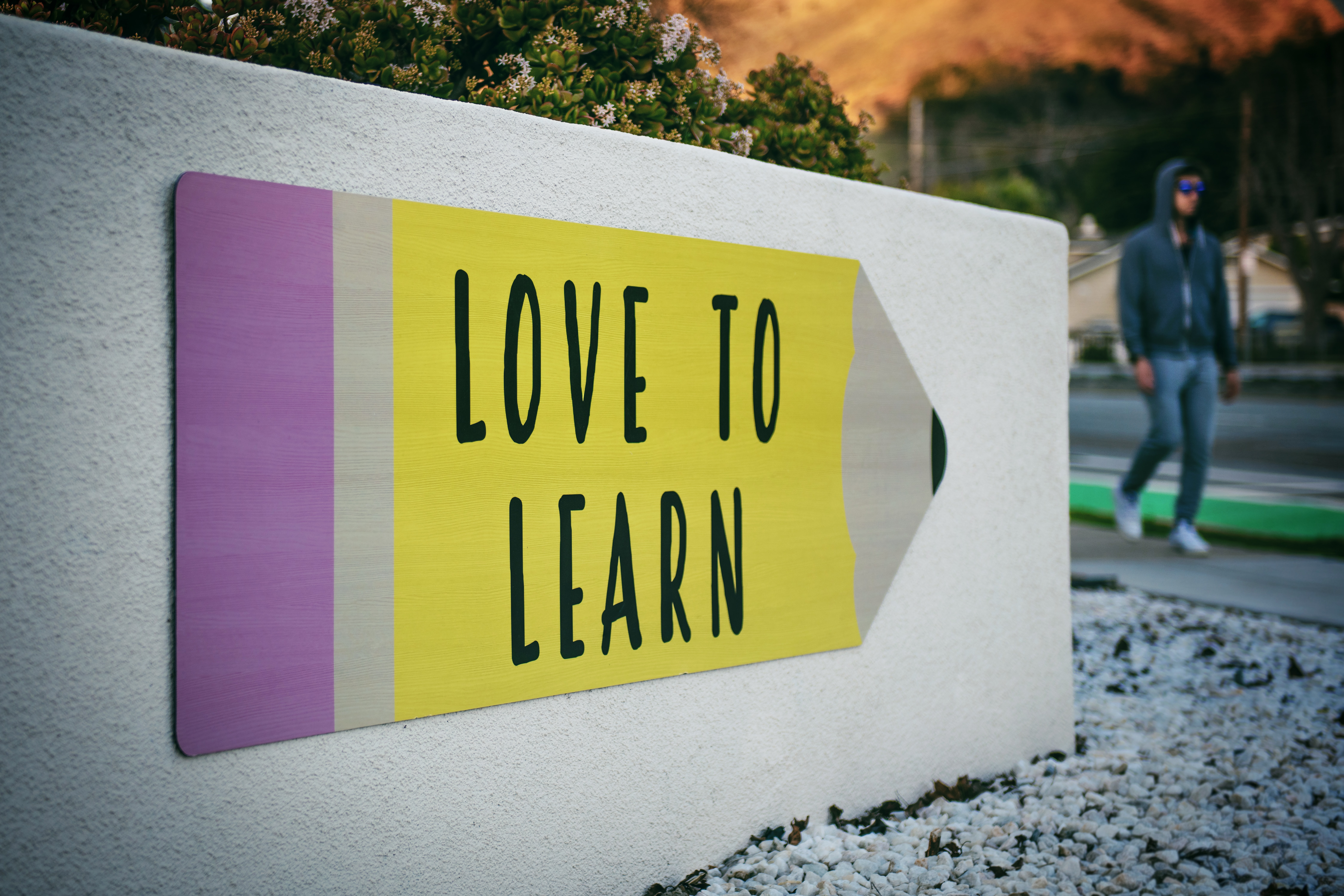The Coach Role
Enjoy leading and they will enjoy following
- Go slow enough for players to understand, but also feel like you respect their learning abilities.
- The number one goal is to inspire them.
- Facilitate independent thinking and provide support to encourage growth.
- Help them tap into or find their intrinsic motivation by seeing what they are passionate about.
- Auto-correction is the end goal.
- Leave them wanting to come back for more.
- Help them enjoy the process so they want to repeat it.
- Praise them even through corrections.
- Help find associations with words they already know.
- Ask open-ended questions.
- Use basic terms to help them feel successful.
- Learn from them. For bilingual players, ask how they say the same word in their language.
- Give them things to read to gauge their level of processing accurately.
- Have them attempt to write the word. Praise anything they get right.
- Play something where they can compete and be on the same level as their peers. Games like Hangman, Box and Dot, Tic Tac Toe, Spot the Differences, and Rock Paper Scissors are simple but effective in creating connections.
- Have them create independent sentences with whatever vocabulary they know.
- More advanced players should speak 70% and Coaches 30%.
- Give the wrong answer on purpose. Let them feel like they got you.
Writing
- Players need to see the word in writing and not just hear it.
- Find the easiest word they know to connect the sounds of new words with the same letter patterns:
- Sleep, deep, sheet, cheek.
- Book, shook, took. Bl-ue, bl-ack, bl-ow.
- Ear, hear, near.
- Night, fright, sight.
- Chick, the 'i' sounds like the 'i" in the words it, in, is.
Certain combinations of letters are hard.
The /th/ sometimes sounds like /l/.
They – ley, these – lese, the – le.
Find words they say right with the same letter combination, like /birTHday/.
Point out the 'th' and repeat the sounds with them 3-5 times.
For the lower knowledge players, repeat words, sentences, or questions twice so they have an opportunity to register them properly.
For more advanced players, say the sentence two different ways.
Use past and present.
Say the root verb by itself.
Remember TPR.
Point back when you say the past tense of a verb.
Show funny videos of songs, animals, or people doing crazy memorable things connected to the vocabulary.
As you go through this lesson with your coaches, ask them about their learning styles.
We all have some cross-over.
You will quickly find the coaches' God-given gifts and will be able to allocate the proper staff for the right activity.
Apply this knowledge to players.
Click here to read more about the characteristics of the top three learning styles:
Read more on how the different learning styles help players stay motivated:

